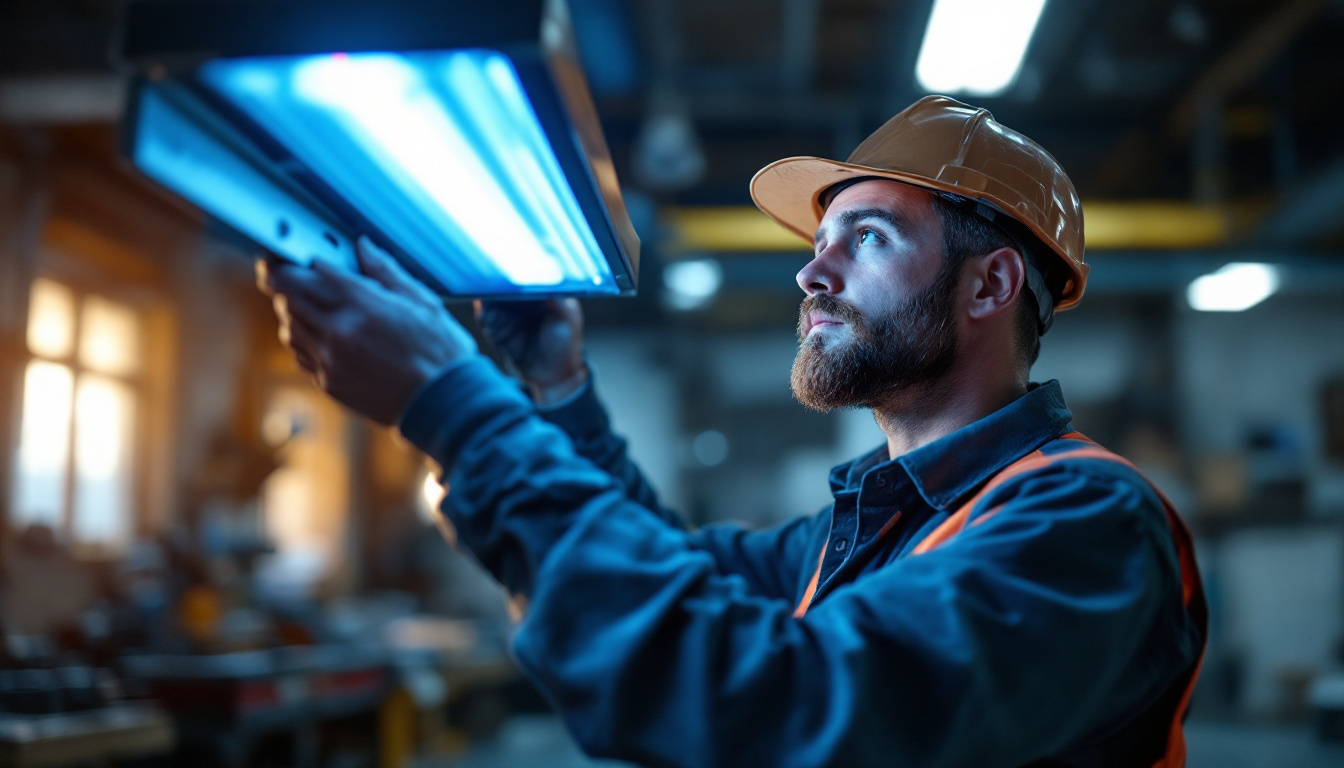
As the demand for innovative lighting solutions continues to grow, the use of ultraviolet (UV) light has garnered significant attention in various sectors, including residential, commercial, and industrial applications. Lighting contractors often encounter questions surrounding UV light technology, its benefits, and its practical applications. This article aims to address common queries and provide insights into the world of UV lighting.
Ultraviolet light is a type of electromagnetic radiation that falls between visible light and X-rays on the spectrum. It is categorized into three types: UVA, UVB, and UVC. Each type has different wavelengths and applications, with UVC being the most effective for disinfection purposes. Understanding these distinctions is crucial for contractors when recommending UV lighting solutions to clients. UVA rays, for instance, are primarily responsible for skin aging and can penetrate the skin more deeply, while UVB rays are known for causing sunburn and playing a significant role in the development of skin cancer. This knowledge not only helps in selecting the right UV light for specific applications but also in educating clients about the potential risks and benefits associated with UV exposure.
UV light works by emitting energy that can disrupt the DNA of microorganisms, rendering them inactive. This property makes UVC light particularly valuable in sterilization and disinfection applications, especially in environments where hygiene is paramount, such as hospitals, laboratories, and food processing facilities. By utilizing UV light, contractors can offer clients effective solutions for maintaining clean and safe environments. Beyond its disinfection capabilities, UV light also plays a role in various industrial processes, such as curing inks and coatings, where its ability to initiate photochemical reactions is harnessed to enhance production efficiency. Furthermore, the integration of UV light technology into HVAC systems is gaining traction, as it helps to improve indoor air quality by reducing airborne pathogens and allergens, thereby creating healthier living and working spaces.
One of the most prominent applications of UV light is in disinfection. UV-C lamps are increasingly used in air purification systems, surface sterilization, and water treatment processes. Contractors can install these systems in various settings, including schools, offices, and healthcare facilities, to help reduce the spread of pathogens and enhance overall safety.
In addition to health-related applications, UV light can also be used to disinfect HVAC systems, ensuring that air circulating within a building is free from harmful microorganisms. This not only improves indoor air quality but also contributes to the longevity of the HVAC system itself. The implementation of UV-C technology in these systems has been shown to significantly lower the risk of airborne diseases, making it an essential tool in the fight against infections, especially in high-traffic areas where the potential for contamination is greater.
Beyond its practical applications, UV light can also play a role in enhancing aesthetic lighting. UV-reactive materials, such as certain paints and plastics, can glow under UV light, creating visually striking effects in entertainment venues, nightclubs, and themed environments. Contractors can leverage this feature to create unique lighting designs that captivate audiences and enhance the overall atmosphere.
Moreover, the use of UV light in artistic installations has gained popularity among designers and artists alike. By incorporating UV lighting into sculptures, murals, and interactive exhibits, creators can produce dynamic visual experiences that change with the viewer’s perspective. This innovative approach not only elevates the artistic expression but also encourages audience engagement, as visitors are often drawn to the vibrant colors and luminous effects that UV light can produce. As technology advances, the integration of UV lighting into both commercial and residential spaces is likely to expand, offering new opportunities for creativity and design in various settings.
While UV light has numerous benefits, it is essential to address the potential health risks associated with exposure. Prolonged exposure to UV radiation can lead to skin damage, eye injury, and an increased risk of skin cancer. Contractors must educate clients about these risks and recommend appropriate safety measures, such as protective gear and proper installation practices, to mitigate exposure. Additionally, it is important to note that the effects of UV exposure can be cumulative over time, meaning that even short, repeated exposures can add up to significant health risks. This makes it vital for individuals working in environments with UV lighting to undergo regular health screenings and be vigilant about monitoring their skin and eye health.
Lighting contractors should also be aware of regulatory standards governing the use of UV lighting. Various organizations, including the Occupational Safety and Health Administration (OSHA) and the American National Standards Institute (ANSI), provide guidelines to ensure the safe use of UV light in different applications. Familiarity with these standards is crucial for contractors to ensure compliance and protect both workers and end-users. Furthermore, understanding the specific requirements for different settings—such as healthcare facilities, laboratories, and industrial environments—can help contractors tailor their approaches to meet the unique challenges presented by each scenario. Regular training and updates on regulatory changes are also essential, as they help contractors stay informed about best practices and emerging technologies in UV lighting safety.
When selecting UV lighting solutions, contractors have several options, including mercury vapor lamps, low-pressure mercury lamps, and LED UV lights. Each type has its advantages and disadvantages, depending on the specific application. For instance, LED UV lights are energy-efficient and have a longer lifespan compared to traditional lamps, making them an attractive choice for many projects.
Contractors should consider factors such as the intended use, required intensity, and energy efficiency when recommending UV lamps to clients. A thorough understanding of the various types will enable contractors to make informed decisions that best meet their clients’ needs.
Proper installation is critical for maximizing the effectiveness of UV lighting systems. Contractors should assess the specific environment and application to determine the optimal placement of UV lamps. Factors such as distance from surfaces, airflow patterns, and potential obstructions can significantly impact the performance of UV lighting systems.
Additionally, contractors should ensure that UV lights are installed in accordance with manufacturer guidelines and local building codes. This attention to detail not only enhances system performance but also ensures compliance with safety standards.
To maintain the effectiveness of UV lighting systems, regular inspections and cleaning are essential. Dust and debris can accumulate on UV lamps, reducing their output and overall efficiency. Contractors should establish a maintenance schedule that includes routine checks and cleanings to ensure optimal performance over time.
During inspections, contractors should also verify that all components of the UV system are functioning correctly, including ballasts and reflectors. Identifying and addressing issues early can prevent costly repairs and extend the lifespan of the system.
UV lamps have a limited lifespan, and their output diminishes over time. Contractors should educate clients about the importance of replacing UV lamps according to the manufacturer’s recommendations. Failure to replace lamps in a timely manner can lead to decreased effectiveness and compromise the intended benefits of the UV lighting system.
Contractors can offer maintenance contracts that include lamp replacement services, ensuring that clients receive consistent performance from their UV lighting systems without the hassle of managing the process themselves.
The initial investment for UV lighting systems can vary significantly based on the type of lamps, installation complexity, and the scale of the project. While the upfront costs may be higher than traditional lighting solutions, contractors should emphasize the long-term savings associated with UV lighting. These savings can stem from reduced energy consumption, lower maintenance costs, and improved health outcomes.
By presenting a comprehensive cost-benefit analysis, contractors can help clients make informed decisions that align with their budgetary constraints while also considering the long-term advantages of UV lighting.
To facilitate the adoption of UV lighting systems, contractors can explore financing options for clients. Many organizations offer incentives for energy-efficient upgrades, including rebates and tax credits. By staying informed about available financing options, contractors can assist clients in navigating the financial aspects of their projects, making UV lighting solutions more accessible.
The field of UV lighting is continuously evolving, with advancements in technology leading to more efficient and effective solutions. Innovations such as UV-C LED technology are gaining traction, offering longer lifespans, lower energy consumption, and improved safety features. Contractors should stay updated on these trends to provide clients with the latest and most effective UV lighting options.
As awareness of the benefits of UV lighting grows, so does the demand for UV solutions across various sectors. From healthcare to hospitality, businesses are increasingly recognizing the importance of maintaining clean and safe environments. Contractors who position themselves as experts in UV lighting will be well-equipped to capitalize on this growing market and meet the needs of their clients.
UV lighting presents a wealth of opportunities for lighting contractors, from disinfection applications to aesthetic enhancements. By understanding the fundamentals of UV light, addressing safety concerns, and staying informed about technological advancements, contractors can effectively guide clients in selecting and implementing UV lighting solutions. As the demand for these innovative technologies continues to rise, contractors who embrace UV lighting will be well-positioned for success in a competitive market.
Ready to harness the power of UV lighting for your next project? At LumenWholesale, we provide lighting contractors with the highest quality UV lighting solutions at unbeatable wholesale prices. Our spec-grade products meet rigorous industry standards, ensuring you deliver reliable and high-performance lighting to your clients. With the convenience of bulk buying, free shipping, and no hidden fees, you can trust LumenWholesale to brighten your projects while maximizing value. Take the first step towards superior lighting by visiting Wholesale Lighting at the Best Value and explore our extensive selection today.
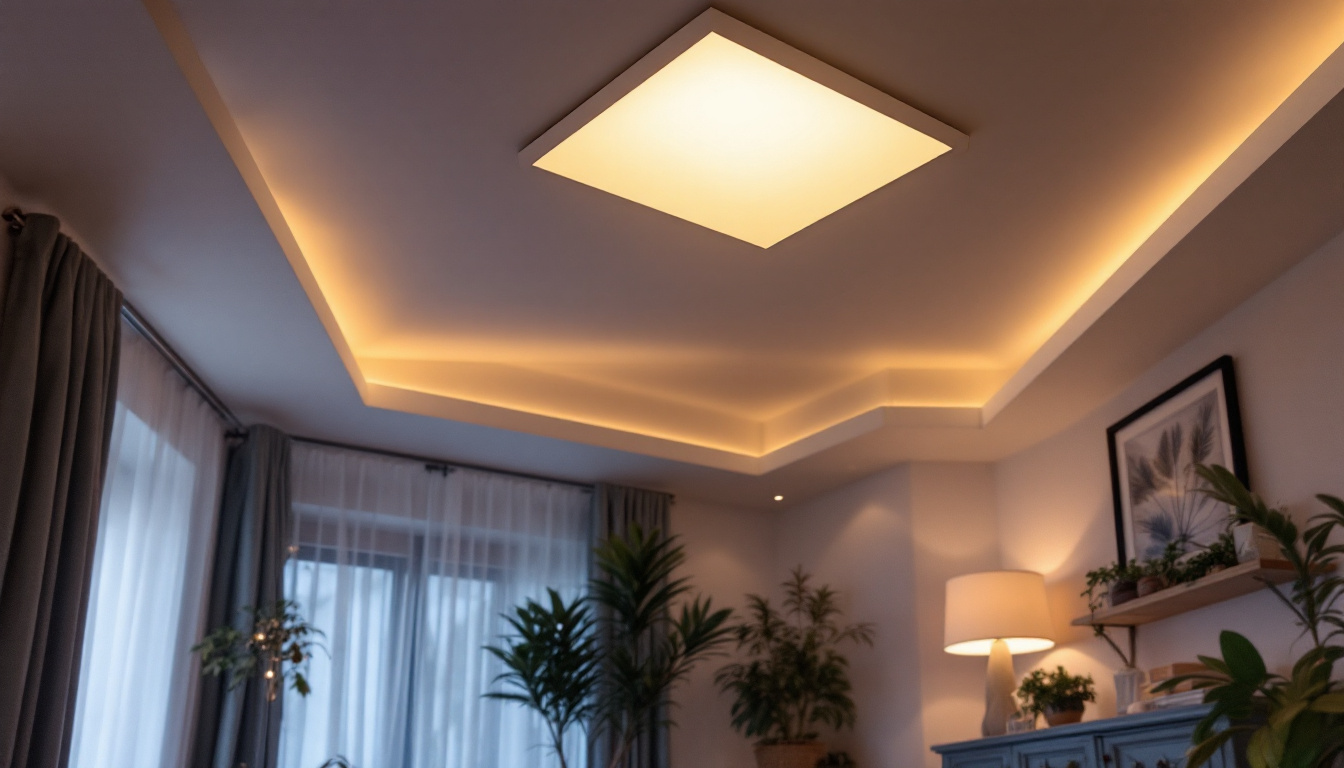
Discover expert insights on recessed light square installations with our comprehensive guide.
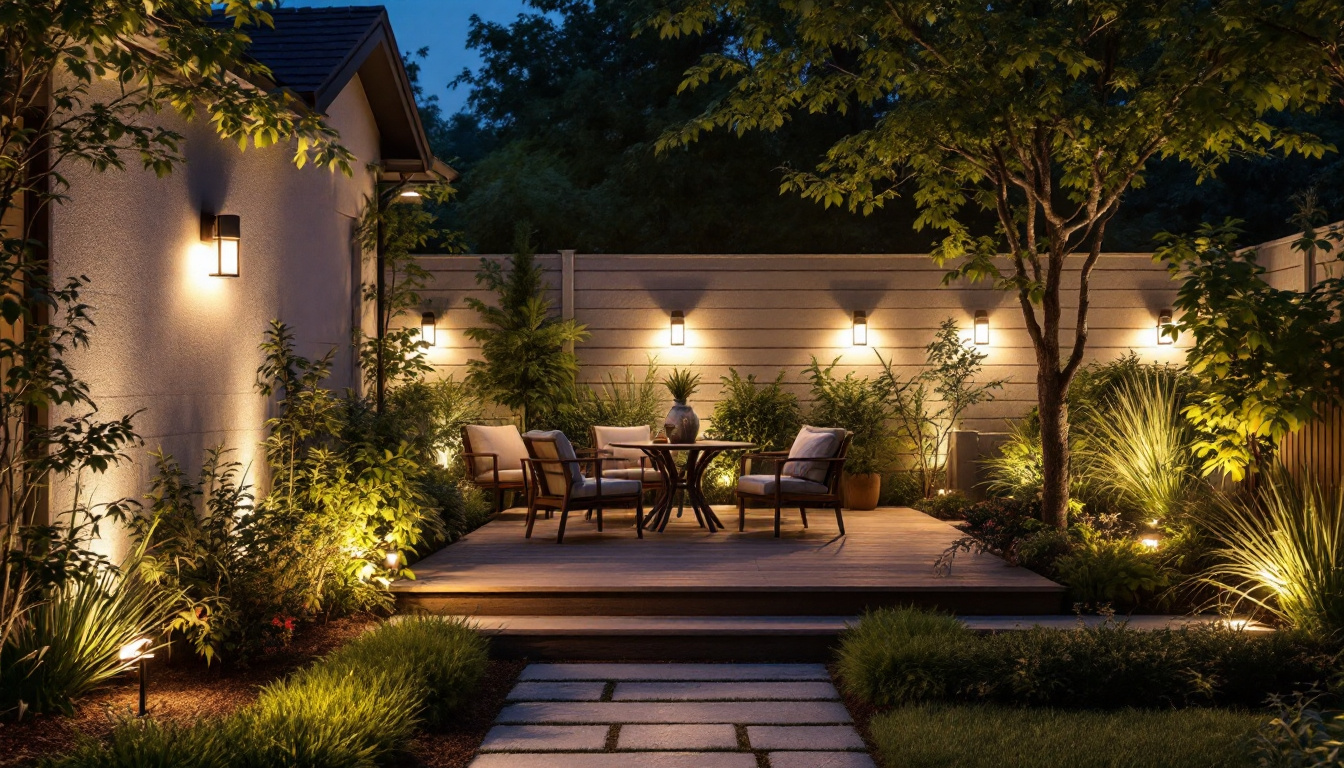
Discover how yard lighting can illuminate new business opportunities for lighting contractors.
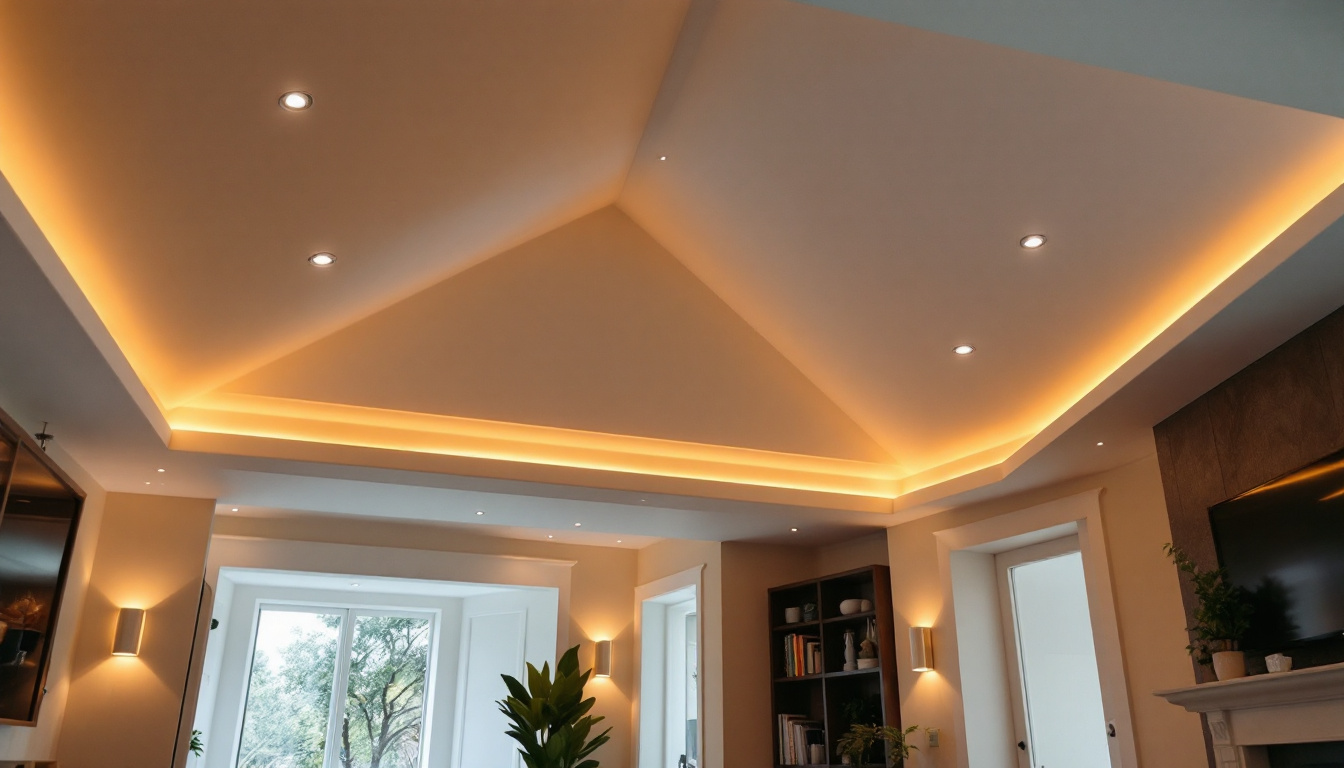
Discover how recessed can lights can transform vaulted ceilings and boost your lighting business.
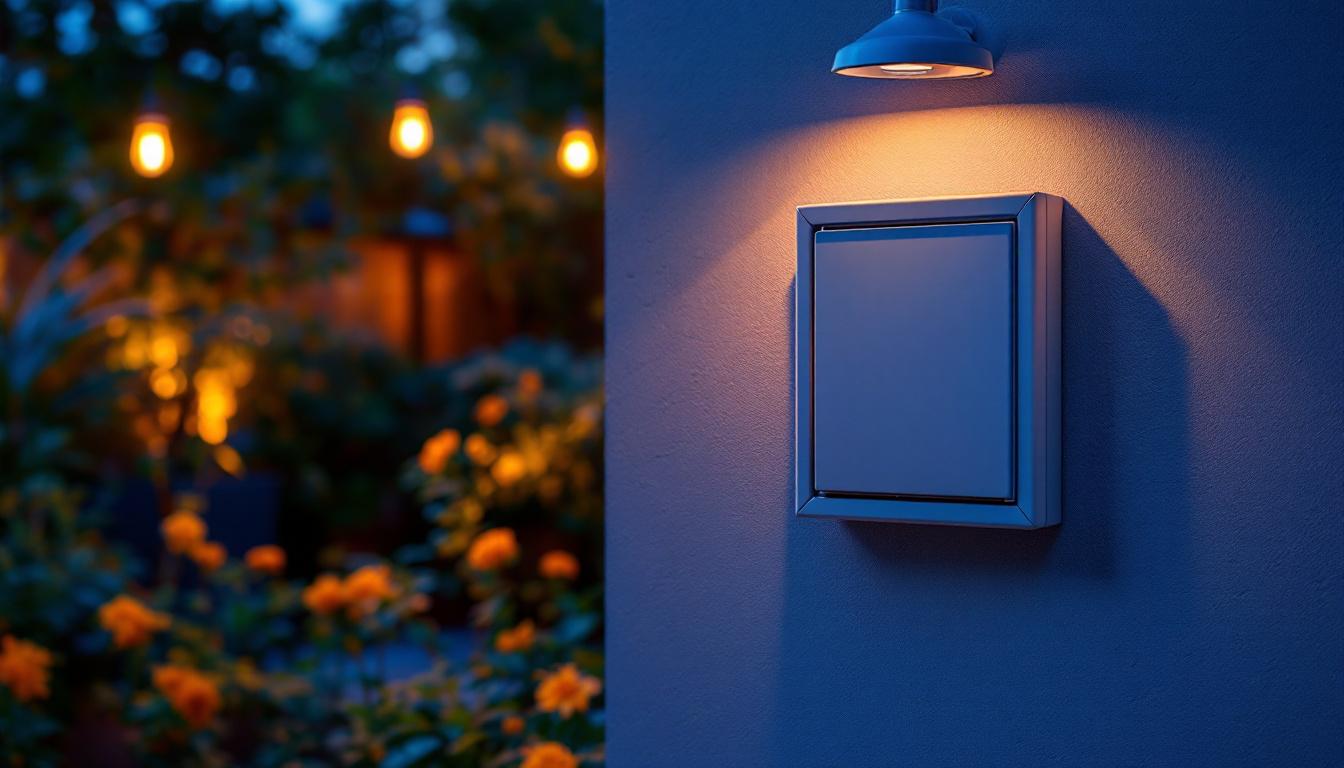
Explore how decorative outdoor electrical box covers are transforming modern lighting solutions by blending functionality with aesthetic appeal.